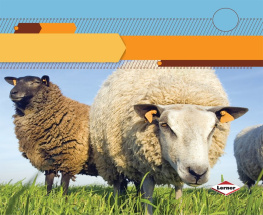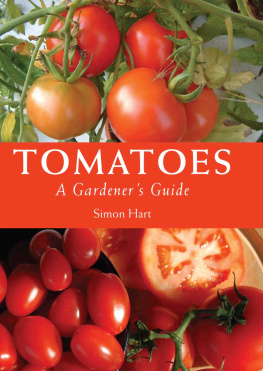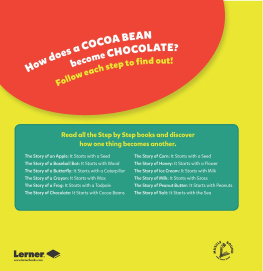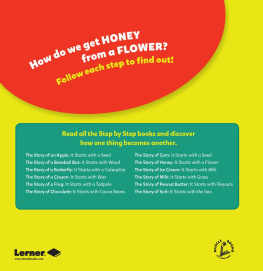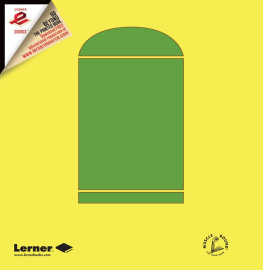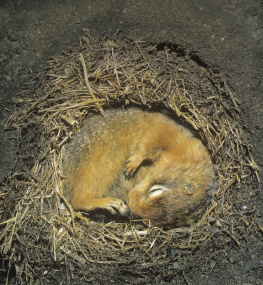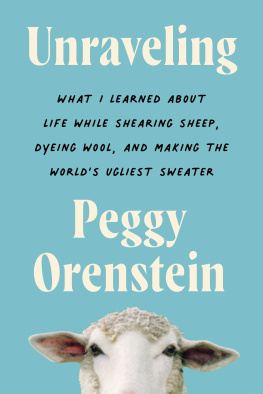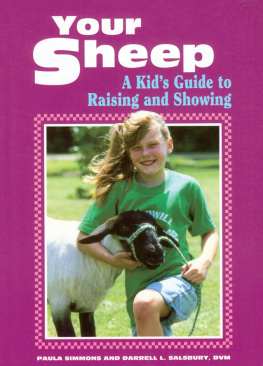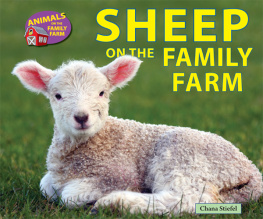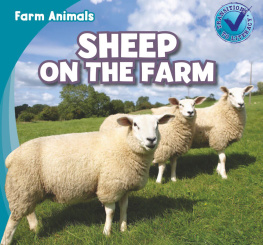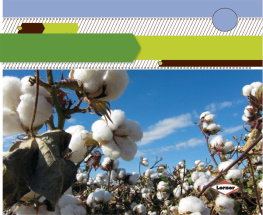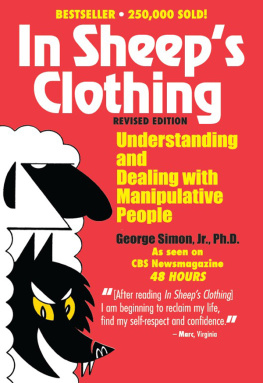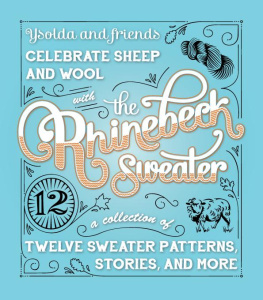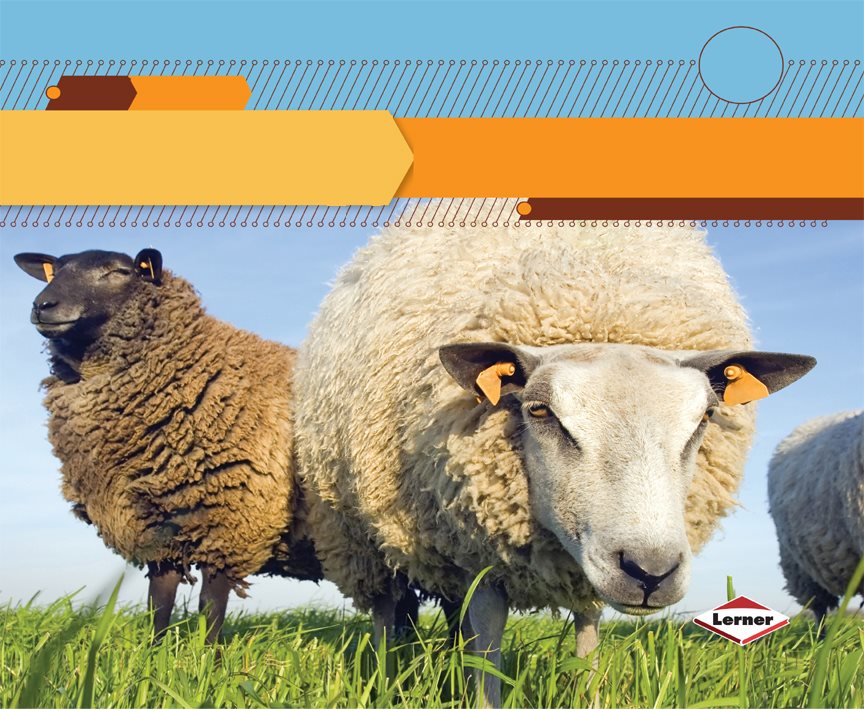Start
TO
Finish
Second Series
Everyday
Products
FROM
Sheep
TO
Sweater
ROBIN NELSON
Copyright 2013 by Lerner Publishing Group, Inc.
All rights reserved. International copyright secured.
No part of this book may be reproduced, stored in a
retrieval system, or transmitted in any form or by any
meanselectronic, mechanical, photocopying, recording,
or otherwisewithout the prior written permission of
Lerner Publishing Group, Inc., except for the inclusion of
brief quotations in an acknowledged review.
Lerner Publications Company
A division of Lerner Publishing Group, Inc.
241 First Avenue North
Minneapolis, MN 55401 U.S.A.
Website address: www.lernerbooks.com
Photo Acknowledgments
The images in this book are used with the permission
of: Isselee/Dreamstime.com, p. 1; Juice Images,
p. 3; Monty Rakusen/Cultura/Getty Images, p. 5;
iStockphoto.com/Berna Namoglu, p. 7; Joerg
Boethling/Alamy, p. 9; John T. Fowler/Alamy, p. 11;
Guy Croft Industrial/Alamy, pp. 13, 15; Kevin Foy/
Alamy, p. 17; ColorBlind Images/Blend Images/Getty
Images, p. 19; iStockphoto.com/Antagain, p. 21;
Ariel Skelley/Blend Images/Getty Images, p. 23.
Front cover: Jeffrey Van Daele/Dreamstime.com.
Main body text set in Arta Std Book 20/26.
Typeface provided by International Typeface Corp.
Library of Congress Cataloging-in-Publication Data
Nelson, Robin, 1971
From sheep to sweater / by Robin Nelson.
p. cm. (Start to finish. Second series,
Everyday products)
Includes index.
ISBN 9780761365648 (lib. bdg. : alk. paper
1. Woolen and worsted manufactureJuvenile
literature. I. Title.
TS1626.N45 2013
677.31dc23 2012008477
Manufactured in the United States of America
1 MG 12/31/12
TABLE OF
Contents
A sweater keeps me warm.
How is it made?
Sheep are raised on farms or ranches.
A farmer raises sheep. The farmer feeds the sheep every day. The sheep eat a mixture
of hay, grass, and grains. This food helps the sheep to grow thick, healthy coats of wool.
The coats are clipped.
In the spring, the sheeps coats are clipped. This is called shearing. A person shears each sheeps wool off in one big piece called a fleece. The sheep will grow another coat over the summer to keep it warm in the winter.
The wool is sorted.
Workers sort the wool. They remove wool that is dark or dirty. They keep
thick wool that is light in color.
The wool is washed and dried.
Workers wash the wool many times. Washing removes bugs, straw, and mud from the wool. Then the wool is dried.
The wool is combed.
Workers or machines comb the wool to remove knots. This is called carding. Carding makes the wool soft.
The yarn is spun.
A spinning wheel twists the wool. The wool forms long pieces of yarn.
The yarn is dyed.
The yarn is still the color of a sheep. The yarn must be dyed to change its color. A worker dips the wool into a colored liquid to dye it. Yarn can be dyed any color of the rainbow.
Shoppers buy the yarn.
Trucks take the yarn to stores. People go to a store to buy yarn. This woman picks out blue and pink yarn.
A sweater is made.
One way of turning yarn into a sweater is by knitting. A knitter uses two long needles
to make loops and knots with the yarn. The yarn is knitted into the shape of a sweater.
I wear my new sweater!
The wool in my sweater used to keep a sheep warm. Now it keeps me warm!
Glossary
carding (KAR-ding): combing
wool
dyed (DYD): dipped in colored

